
General Assembly
The Command Line & Data Types
Wilson Espina
Review
What did we do last lesson?
The Command Line

Learning Objectives
At the end of this class, you will be able to:
- Work with files/directories via the Terminal
- Introduce Git basic commands and distinguish Git from GitHub
- Run basic JavaScript code on the command line interface (CLI)
- Introduction to variables and primitive data types
The Command Line
Agenda
- Using the Terminal
- Git and GitHub
- Command Line JS
- Variables & Data types
The Command Line
Exit Ticket Questions
- Can we have a lesson plan in advance?
- More help installing things
The Command Line & Data Types
The Terminal
The Command Line & Data Types
Javascript on the Command Line
- Terminal===Command Line===Console
- Terminal allows you to interact with your computer faster
- Lets you perform tasks that would be difficult through graphical user interface (GUI)

The Command Line & Data Types
Shell
- A generic name for the primary program that runs inside a Terminal
- Common shell programs include:
- Bash (Bourne-Again Shell)
- ZSH (Z Shell)
- Powershell

BONUS: Type like a Hacker
The Command Line & Data Types
Anatomy of the Terminal
SPACE

The Command Line & Data Types
Anatomy of the Terminal
SPACE

The Command Line & Data Types
Anatomy of the Terminal
SPACE

The Command Line & Data Types
Anatomy of the Terminal
Command (program)

The Command Line & Data Types
Anatomy of the Terminal
Flag or Option

The Command Line & Data Types
Anatomy of the Terminal
Output

Code along
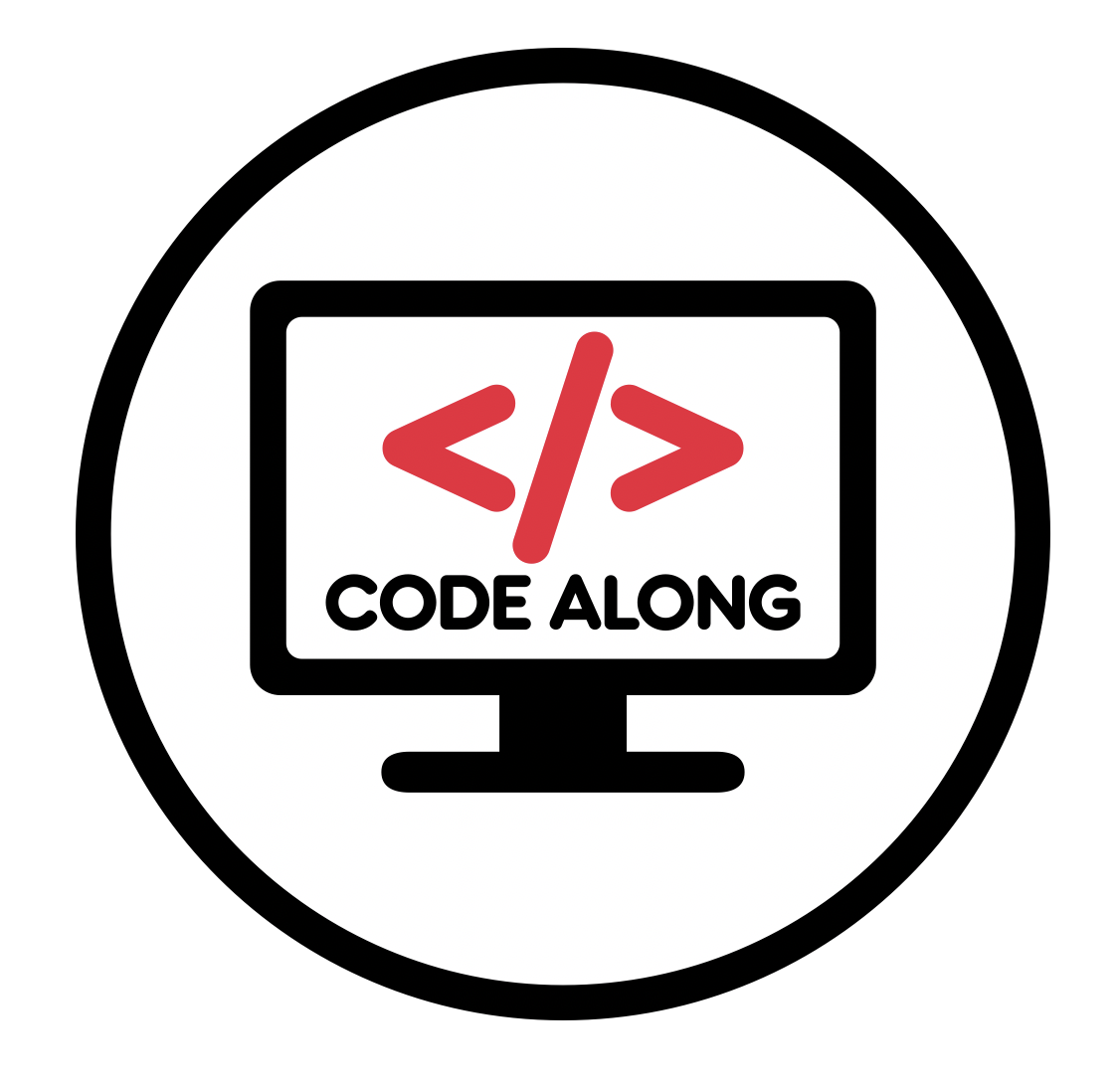
Let's get to grips with some Terminal commands
Activity
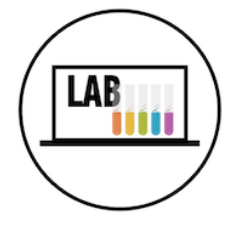
Key Objective
- Begin to use basic Terminal commands
Type of Exercise
- Individual
Timing
15 mins |
|
Activity

Key Objective
- Begin to use basic Terminal commands
Type of Exercise
- Individual
Timing
10 mins |
|
The Command Line & Data Types
Introduction to Git / GitHub
The Command Line & Data Types
Git
Git is distributed version control system
- Programmers use Git to keep the history of all the changes to their code
- This means that they can rollback changes (or switch to older versions) as far back in time as they started using Git on their project.
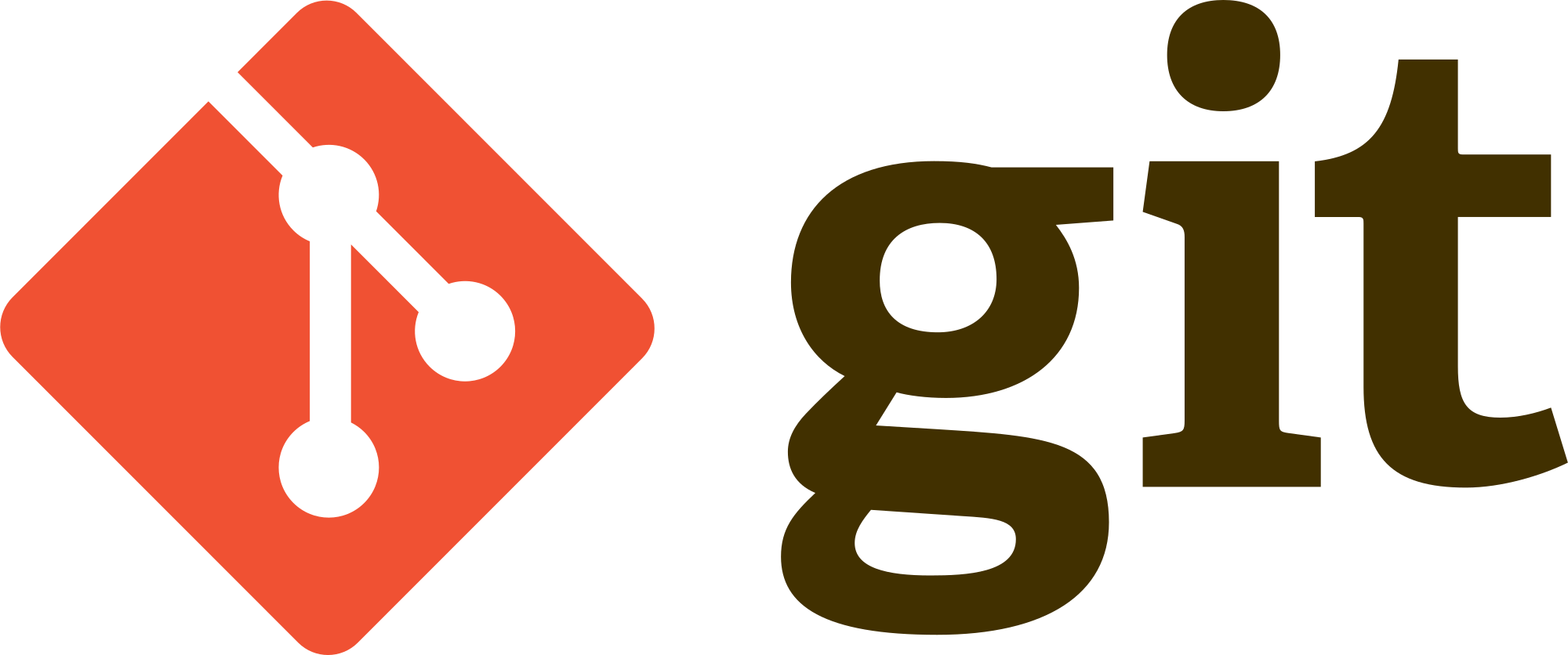
The Command Line & Data Types
GitHub is for collaboration
- A hosting service for Git repositories
- A web interface to explore Git repositories
- Hosts files in the cloud.
- A social network of programmers
- We all have individual accounts and put our codebases on our GitHub account
- You can follow users and star your favorite projects
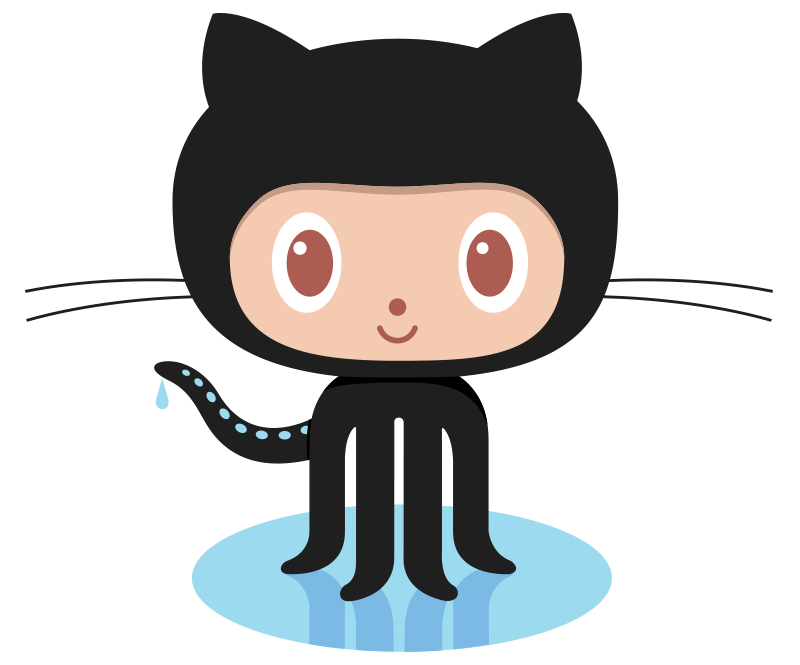
The Command Line & Data Types
Git / GitHub Key Terms
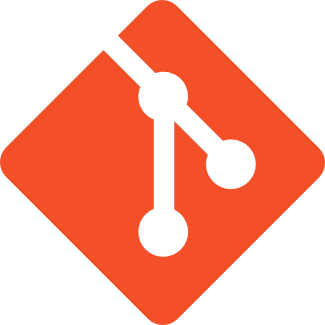
- Repository (aka repo) - Contains all of a project's files (all the code)
- Clone - Git command that copies/clones a remote repo to your machine
- Commit - A snapshot that has been saved to the project history
- Push - Git command that sends your commits (saved changes) to a remote repository
- Pull - Git command that copies (pulls) changes by other developers from a remote repository to your local clone
The Command Line & Data Types
Local vs Remote
Local
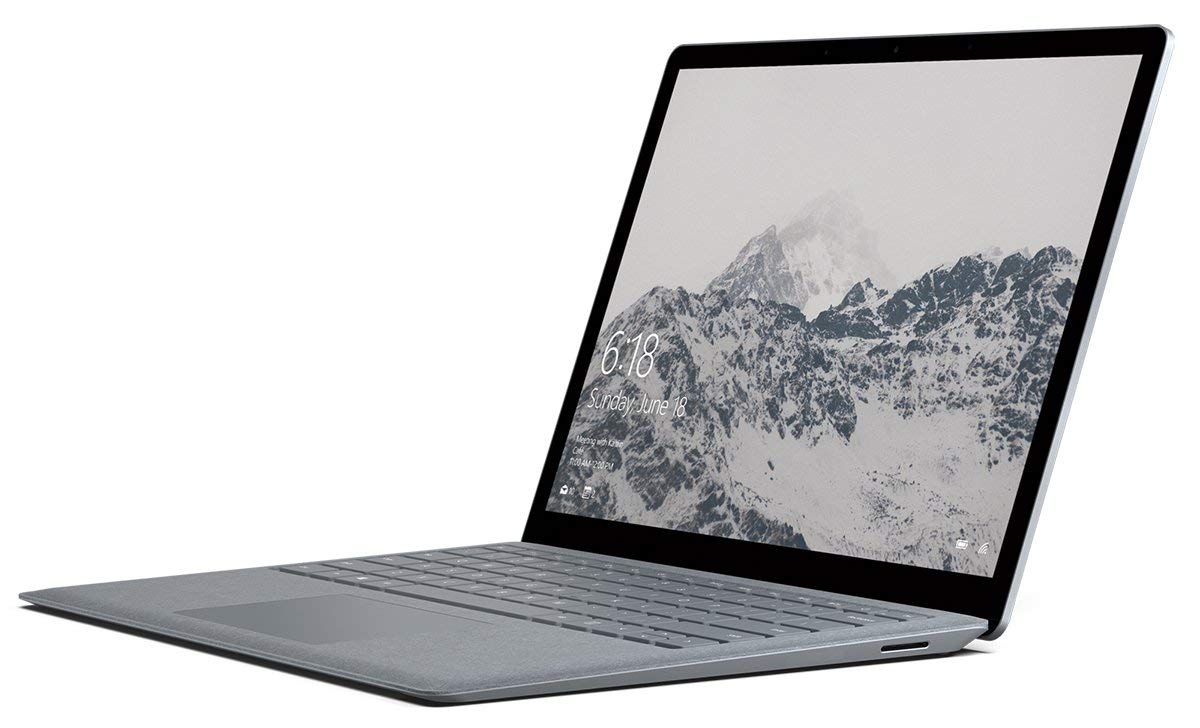
- Repository on your own machine
- Similar to saving on MS Word
Remote

- Code is stored in the Cloud and is accessible by others
- Similar to saving on Google Drive
The Command Line & Data Types
How We Will Use GitHub in JS9
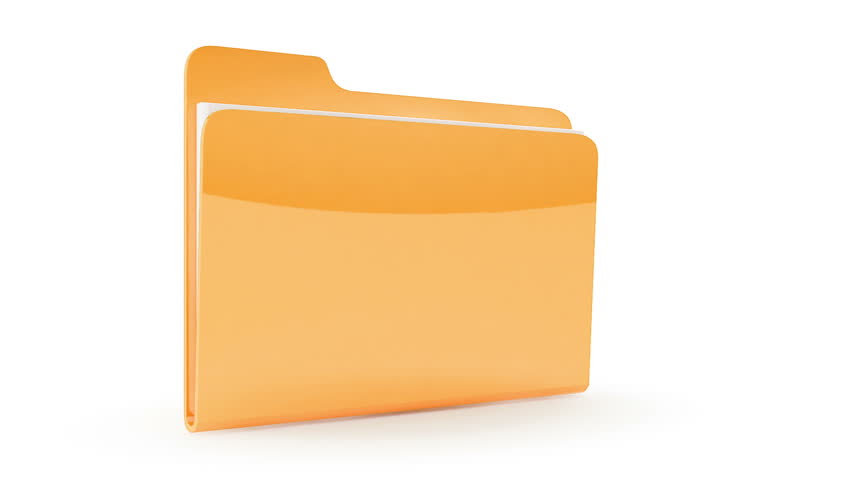
jsd-9-resources
- contains start and solution files
- you will pull changes at the start of each lesson

jsd-9-homework
- you will push your completed homework and receive feedback here

- you will create additional repos for your own projects
The Command Line & Data Types
Git Commands
git init
- Initiates a new local Git repository
- Creates a
.gitsubdirectory in the current working directory
The Command Line & Data Types
Git Commands
git add -A
git add .
Or for individual files
git add filename
- Adds or stages changes in the working directory to the files to be included in the commit snapshot.
- This snapshot is now stored in a temporary staging area which Git calls the "index".
The Command Line & Data Types
Git Commands
git commit
git commit -m "Commit Message"
- Permanently stores the contents of the index in the repository.
- Commits the staged files to the project history as a snapshot.
- Also adds a timestamp and records who made the changes.
The Command Line & Data Types
Git Commands
git branch newbranchname
git checkout -b newbranchname
- Makes a copy of the working directory in the current branch and allows you to make changes without affect the other branch.
- The
git checkout –bcommand is a shortcut to create the branch and move into it. - Use
git checkout branchname, to return to an existing branch.
The Command Line & Data Types
Git Workflow
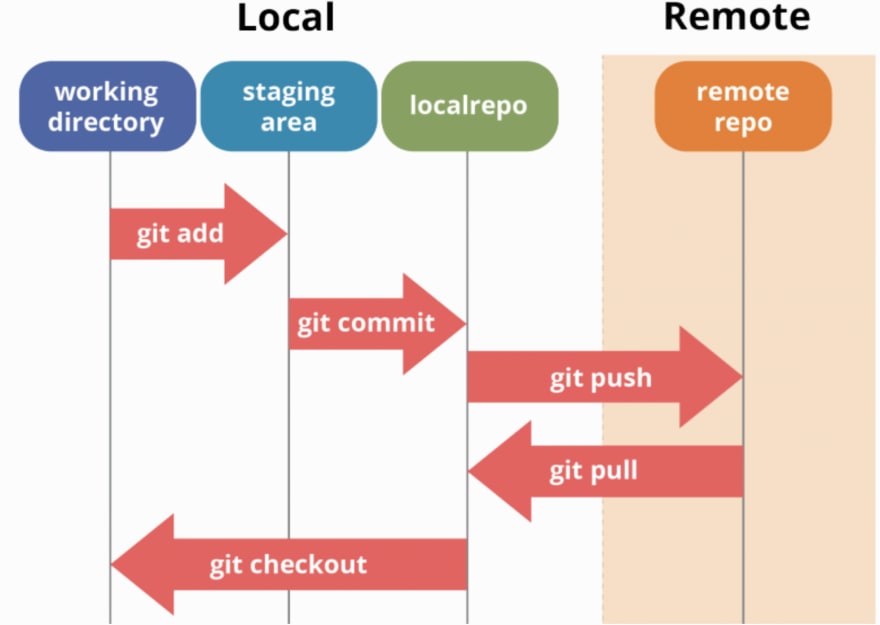
Code along

Let's try out Git Commands
The Command Line & Data Types
Node js
The Command Line & Data Types
Node.js
- Node.js is an open-source, cross-platform runtime environment for developing server-side Web applications.
- Interprets JS using Chrome's V8 engine
- Faster execution with non-blocking, asychronous input/output
- Written in C, C++, and JS (so, not a JS framework)
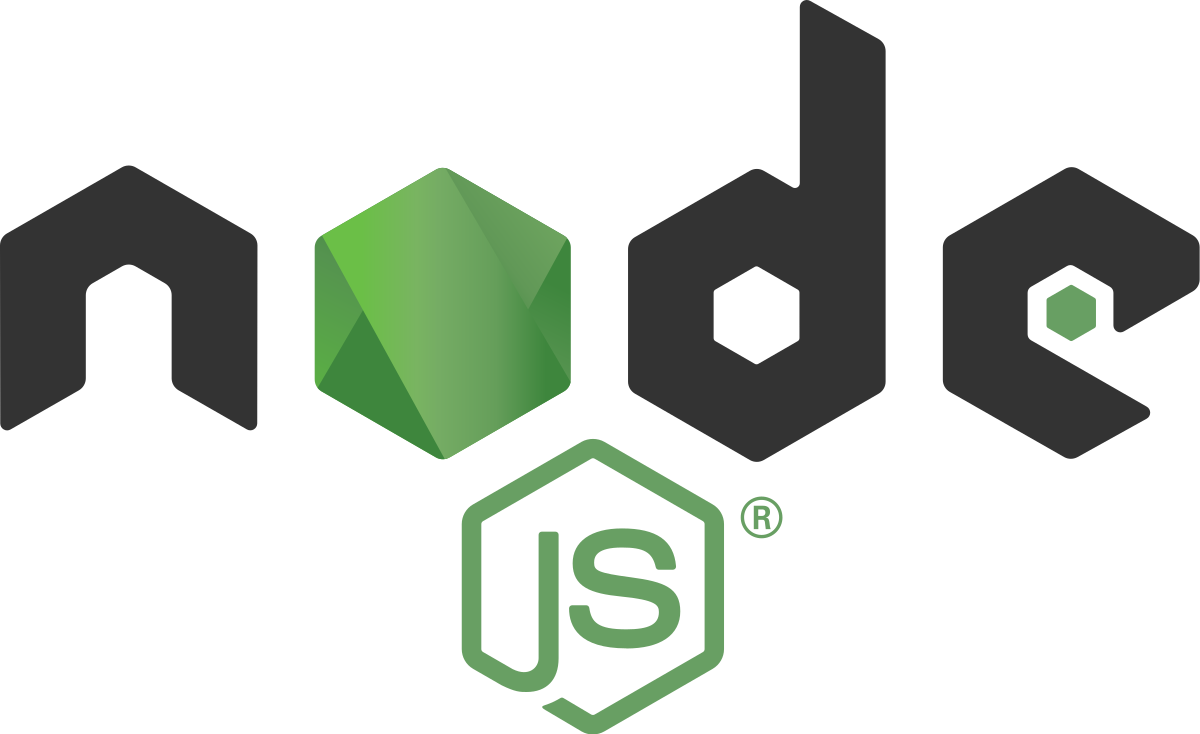
The Command Line & Data Types
Levels of Abstraction

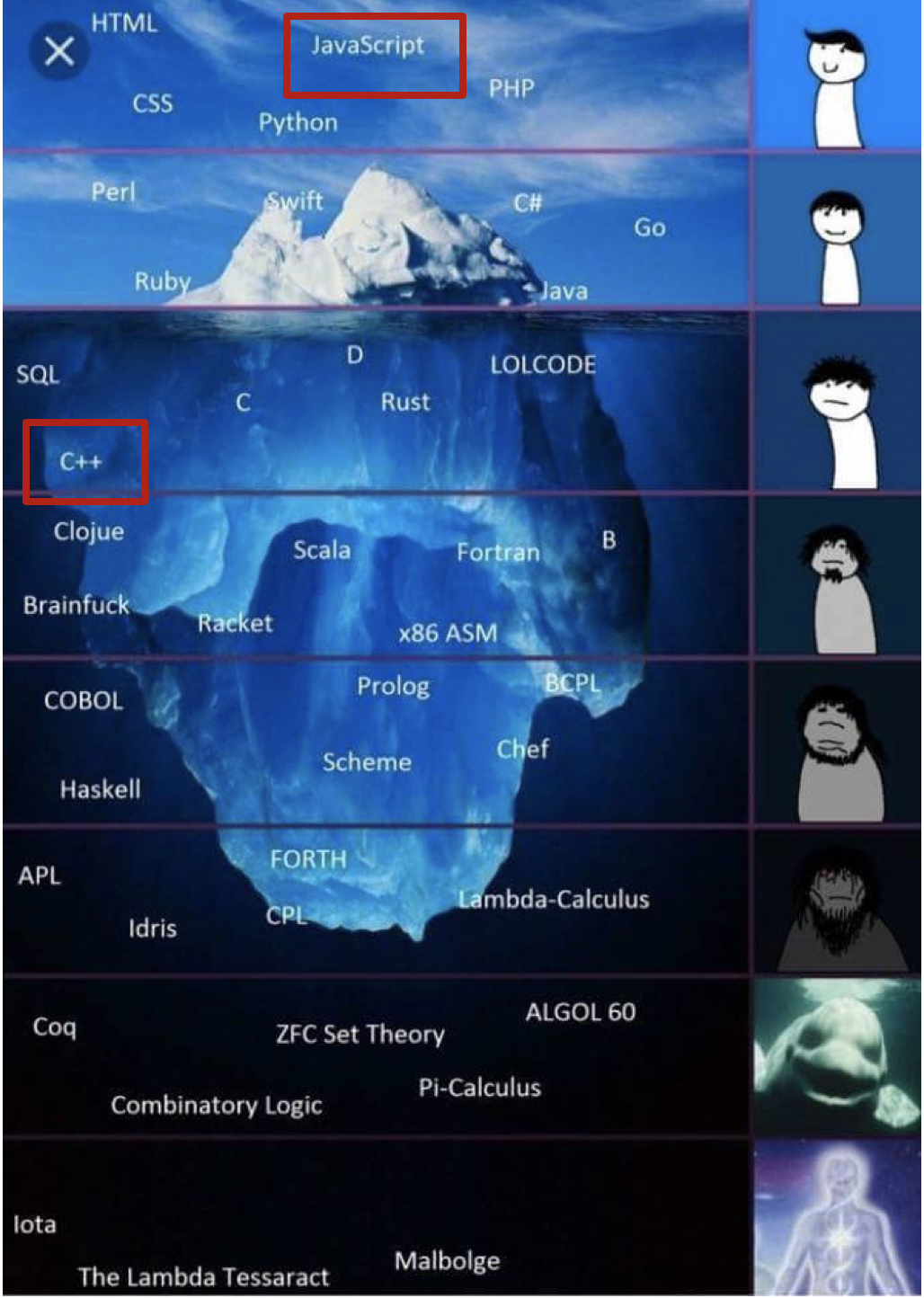
- 1's and 0's towards the bottom of the iceburg
- Human readable languages towards the top
- C++ is lower level
- JavaScript is a high level of abstraction from machine code
The Command Line & Data Types
Node vs the Browser
| Node | Browser |
|---|---|
|
|
|
|
|
|
|
|
The Command Line & Data Types
What is Node used for

- Allows us to run JavaScript from our terminal applications
- Creating and running scripts
- File management
- Creating a backend server for a web application
The Command Line & Data Types
Running Node in the Command Line
Interactive command line
- To enter mode type:
nodeat the command prompt. - To exit type:
.exitor pressCTRL + Ctwice
> 3 + 4 // your command
< 7 // Node's response
Running a file
- Run a file by using
nodeand the filepath as the first argument:
> node /filepath/script.js
- Node loads the
script.jsfile and executes the contents
> 7
The Command Line & Data Types
JavaScript Variables
The Command Line & Data Types
Variables
Containers for data that allow us to store values
- Allows our program to remember values for us to use later on
- The action of saving a value to a variable is called assignment
- Similar to putting information on a shelf
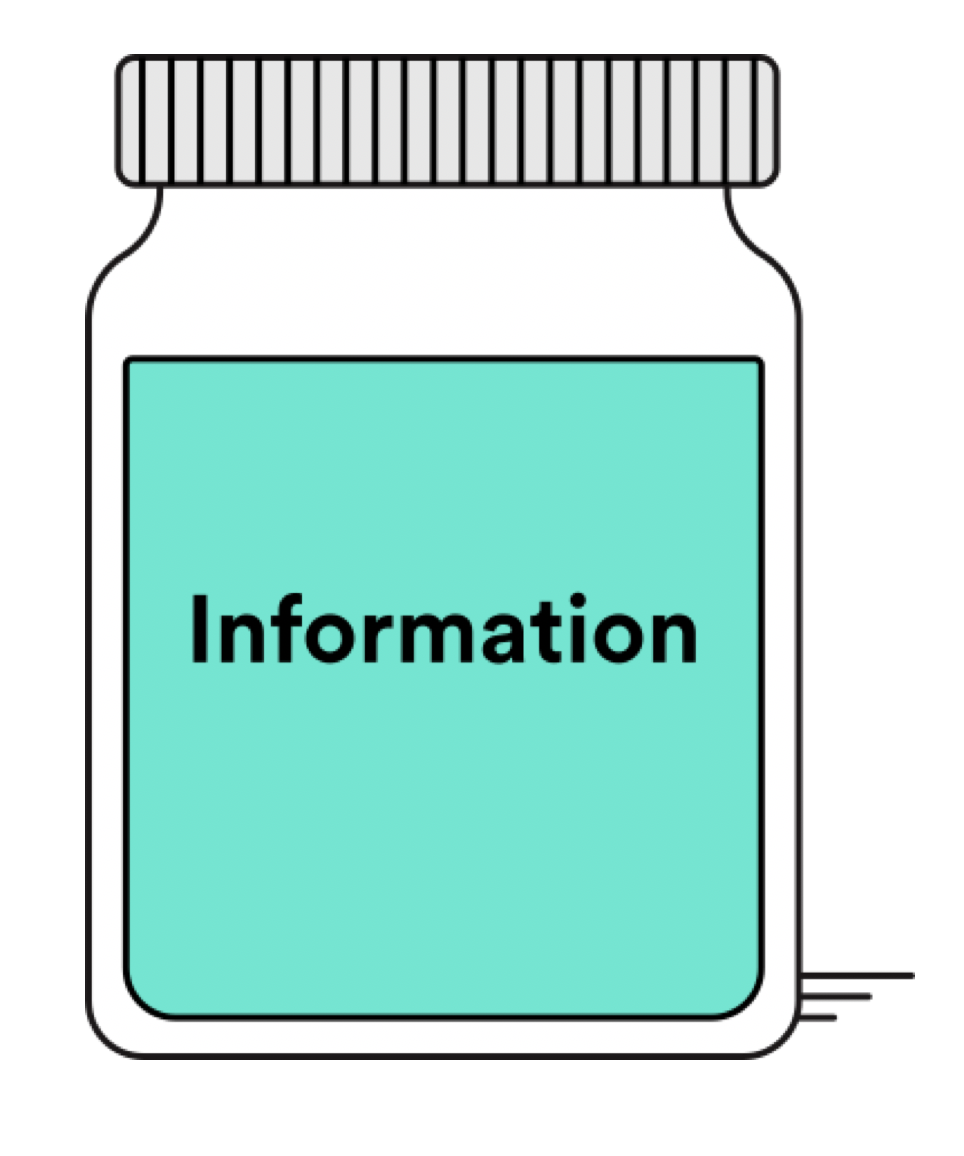
The Command Line & Data Types
Declare the Variable
let age;
The Command Line & Data Types
Assign a value
let age = 32;
The Command Line & Data Types
Declare and assign a value
let age = 32;
const age = 32;
var age = 32;
The Command Line & Data Types
Naming Variables
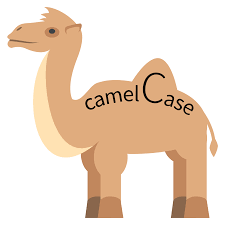
- Use camelCase - first letter is lowercase and proceeding words are uppercase:
anExampleOfCamelCase - Names can only contain: letters, numbers, $ and _
- No dashes, no full stops and cannot start with a number
- Case sensitive -
numberofbooksis not the same asnumberOfBooks
The Command Line & Data Types
Printing things out for inspection
console.log(age)
The Command Line & Data Types
When do you use console.log
- Used only during development to check what's going on
- Allows you to debug your code
- You can add multiple
console.log's
Code along


The Command Line & Data Types
Data Types
The Command Line & Data Types
Primitive Data Types
A data type provided by a programming language as a basic building block. Examples in JavaScript are:
String"All strings are wrapped in quotations"Number15Booleantrue
The Command Line & Data Types
Strings
- They are sequences of Unicode characters
- Can be declared with either double quotes " or single quotes '
- They can be stored in variables
- They can be manipulated with methods like
.toUpperCase()
let title = "star wars"
title.toUpperCase();
"STAR WARS"
The Command Line & Data Types
Numbers
- They can be stored in variables
- You can perform arithmetic operations on them
- There's no such thing as an integer in JavaScript, so you have to be a little careful with your arithmetic if you're used to maths in C or Java.
- Can lead to odd behaviour:
> 0.1 + 0.2
0.30000000000000004
The Command Line & Data Types
Arithmetic Operators
The standard arithmetic operators are supported, including addition, subtraction & modulus (or remainder)
> 1 + 2;
3
> 2 - 5;
-3
> 5 / 2;
2.5
> 6 * 2;
12
The Command Line & Data Types
Compound Operators
+= | adds a number to a variable and assigns the new value to the same variable |
-= | subtracts a number from a variable and assigns the new value to the same variable |
++ | adds 1 to a value |
-- | subtracts 1 from a value |
The Command Line & Data Types
Modulus (%)
> 9 % 4
1

The Command Line & Data Types
Special Number Operators
The Math object provides methods for additional operations
Math.pow(m,n) // Returns m to the power of n
Math.sqrt(n) // Returns the square root of n
Math.random() // Returns a random number between 0 (inclusive) and 1 (exclusive)
Math.floor(n) // Returns largest integer less than or equal to n
Math.ceil(n) // Returns smallest integer greater than or equal to n

The Command Line & Data Types
Boolean
A Boolean value can either be true or false. Any value can be converted to a boolean value in JS
Activity

Key Objective
- Describe the concept of a "data type" and how it relates to variables.
Type of Exercise
- Discussion in pairs
- Add comments to the Slack threads
Timing
3 mins |
|
Intro
Learning Objectives - Review
- Work with files/directories via the Terminal
- Introduce Git basic commands and distinguish Git from GitHub
- Run basic JavaScript code on the command line interface (CLI)
- Introduction to variables and primitive data types
Intro
Look Ahead to Next Lesson
- Running JavaScript in the Browser
- Create arrays and access values in them
- Build iterative loops using for statements.
- Iterate over and manipulate values in an array.
The Command Line & Data Types
Q&A
The Command Line & Data Types
Homework
The Command Line & Data Types
Exit Ticket
(Lesson 02)